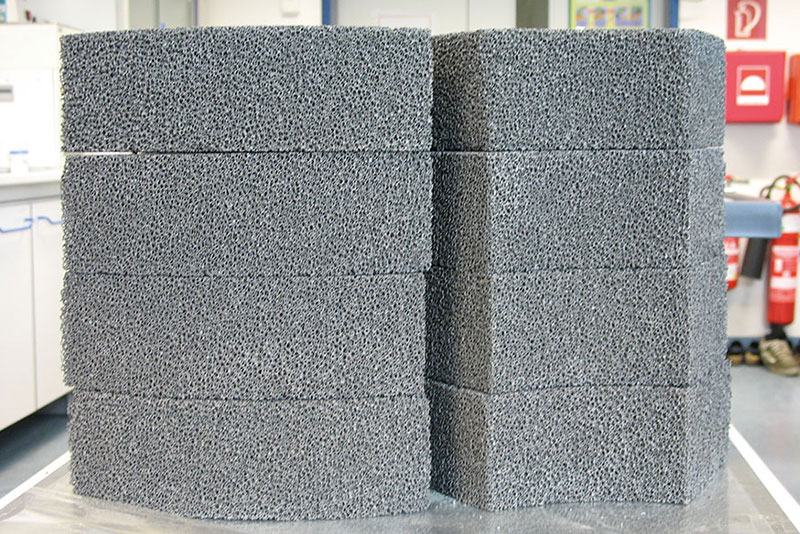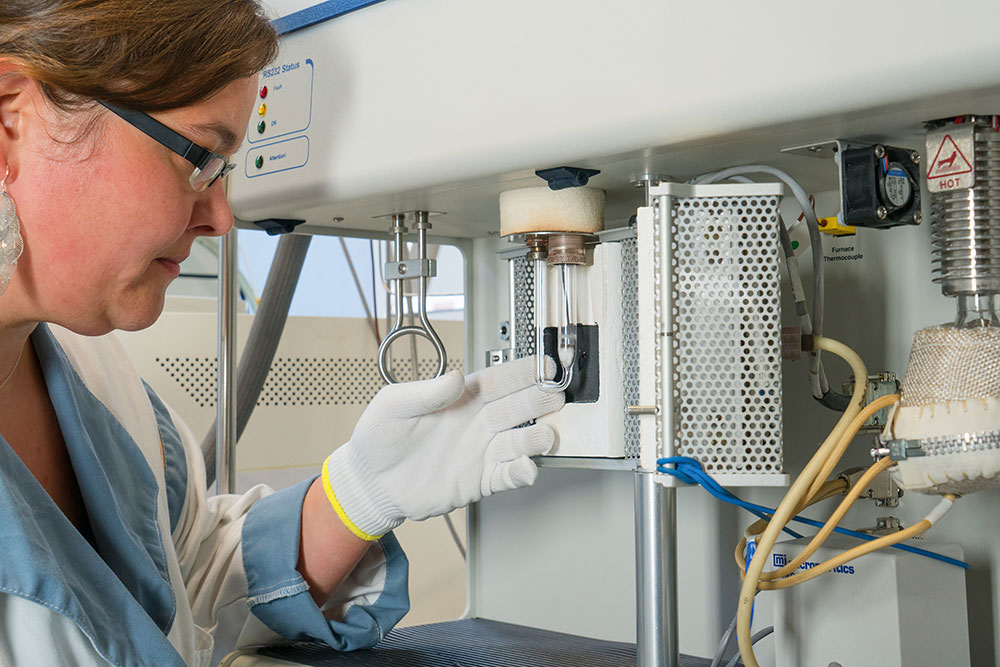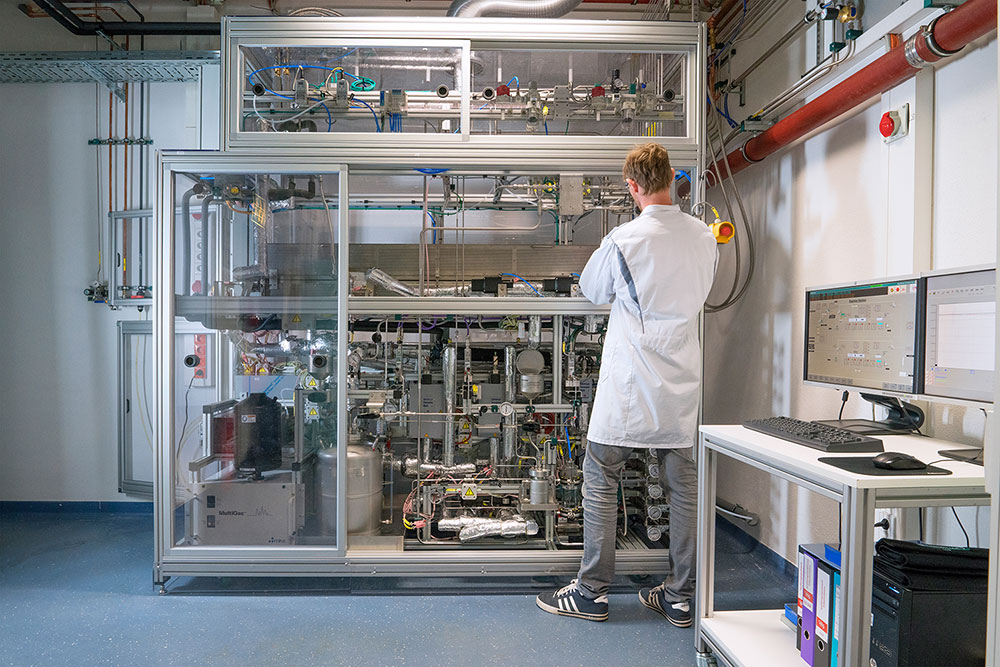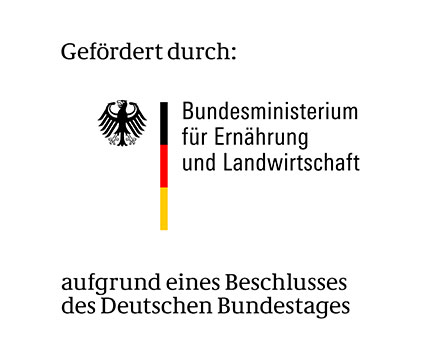Wood or residual materials from wood processing make an important contribution to the success of the energy transition in heat generation in the household sector (fireplaces, heating fireplaces and tiled stoves). However, the combustion of wood produces particulate emissions and air pollution. In residential areas where many fireplaces are operated, increased fine dust pollution can therefore occur during inversion weather conditions. Efficient separation techniques and automated air control concepts are needed to significantly improve air quality at this location. The new "Blue Angel" eco-label for wood-burning stoves (DE-ZU 212) takes this into account. It sets strict limits for pollutant emissions including particulate matter. A particle mass value of 15 mg/m3 and a number-related particle limit value of 5,000,000/cm³ must be complied with for stoves with the "Blue Angel" certification. The legal limit value of the 1st BImSchV currently refers only to the particle mass value and is 40 mg/m3.
Together with DBI Gas- und Umwelttechnik GmbH, Fraunhofer IKTS is developing and testing an integrated exhaust gas treatment system with which long-term compliance with the emission limits of the "Blue Angel" certificate can be achieved. Particular focus is placed on ultra-fine dust particles. For this purpose, Fraunhofer IKTS combines cellular and dense ceramics for suitable filters, catalysts and heat storage elements and determines their optimum operating conditions. The aim is to comply with the new number-based limit value for particulate matter in a long-term stable manner. At the same time, the reduction of carbon monoxide by at least 65% compared with conventional fireplaces and the reduction of gaseous organic compounds and nitrogen oxides are to be demonstrated in accordance with the emission requirements. For this purpose, the conditions for catalytic exhaust gas treatment are optimized and various control concepts with regard to temperature, air supply and power are investigated on a test rig.
Another important project objective is to gain knowledge about the service life of the components in order to be able to predict service or replacement intervals in the medium term, for example.



